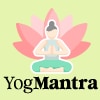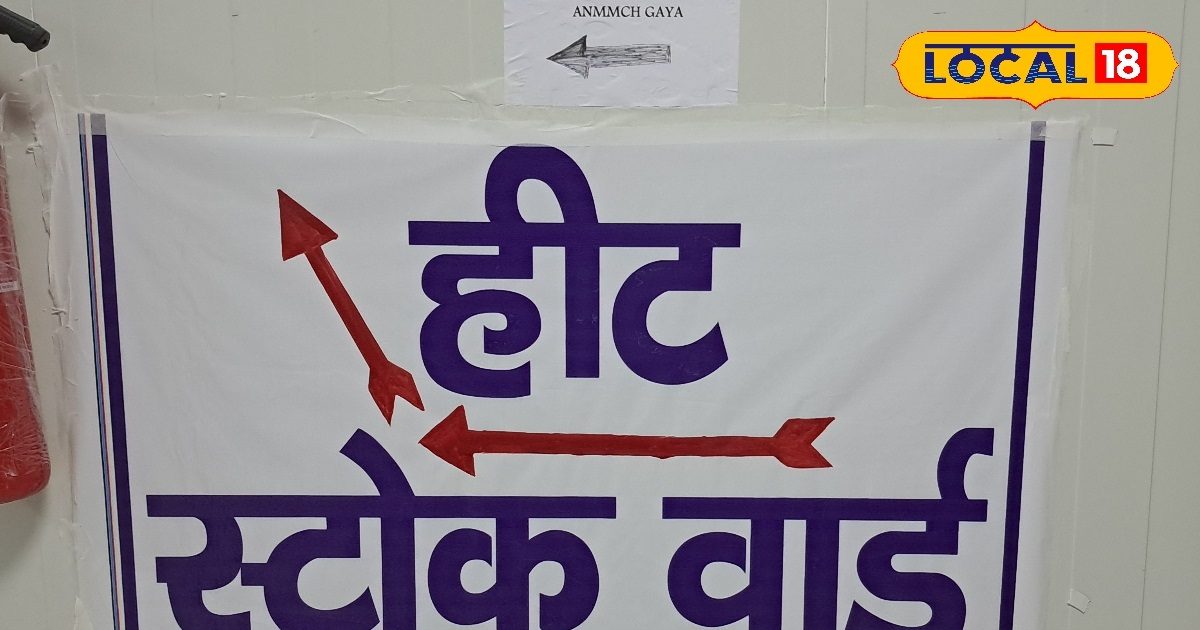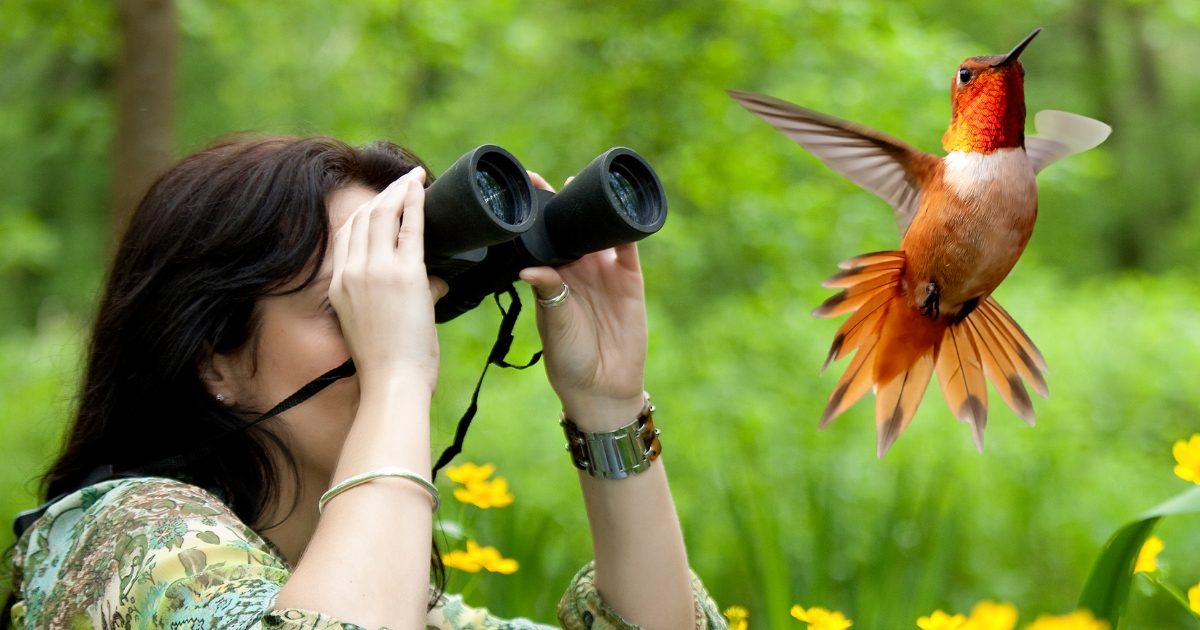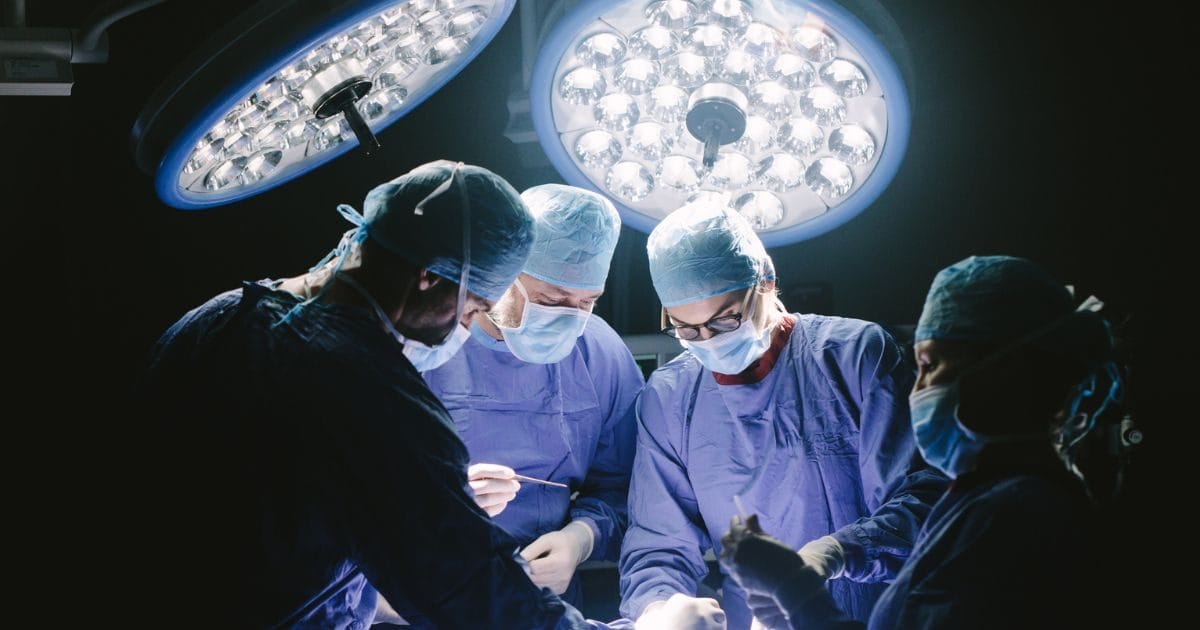[ad_1]
The research study – a randomised control trial with a Yoga group and a non-Yoga group – demonstrated that Yoga’s gentle regimen and its totality of treatment – including loosening exercises, stretches, poses, breathing exercises, and techniques for relaxation and meditation – were easy to adhere to, and its impact could make symptoms manageable over the long term. Patients in the Yoga group were made to follow a Yoga regimen alongside conventional treatment. Compared to the non-Yoga group, they showed positive results with respect to balancing, motor coordination, mobility, anxiety, depression and overall quality of life.
The regimen was devised by Parameshwar Some, author of the research, and Yoga therapist specialising in Neurological Disorders at SVYASA Yoga University. He shares with us here how the practices help.
THE ONE-HOUR REGIMEN
Please note that within this broad protocol, each Asana has its limitations and contraindications. Patients must share complete information with their Yoga therapist and get a customised protocol that addresses their individual issues.
Strengthening and Loosening Exercises
These are preparatory exercises to be done before Asanas for flexibility and improved blood and oxygen supply to all parts. Also known as Sukshma Vyayam and Shakti Vikasaka exercises, they move sequentially from the joints of the fingers, wrist, elbow, shoulder, neck; and then the hip, pelvis, knee, ankle and toes.
The Poses
The poses were selected for maximum benefit, keeping all symptoms of PD in mind. “These stretch the back and limbs, improve blood flow, improve balance, tone internal organs, strengthen the pelvic floor muscles, increase stamina, increase appetite, reduce excess fat, calm the nervous system, and relieve tension, reduce stiffness, bradykinesia (slow movements or freezing) and pain,” says Some.
Ardha Uttanasana (Standing half-forward-bend pose) is for intense stretching. The upper body bends forward parallel to the floor, with palms flat on the ground. This provides a great stretch to the lower back, hamstrings and upper body.
In Parsva Uttanasana (Side intense forward-bend pose), the legs are wide apart, the upper body is folded over the front leg and the chin rests on the knee. This stretching and twisting pose favours the hamstring, calves, hip and other muscles, helping digestion and soothing the nerves of the back.
Utkatasana (Chair pose) is a squatting pose that simultaneously stretches, strengthens and helps reduce stiffness in the upper back, shoulder, thighs, hip flexors, hamstrings, calves, gluteus and ankles.
The dynamic and controlled upward movement of legs in Urdhva Prasarita Padasana (Upward extended feet pose) strengthens muscles of the core, abdomen, lower back, pelvic and hips.
Pascimattanasana (Seated forward-bend pose) stretches the hamstring muscles, increases flexibility in the hip joints and tones arm muscles as they stretch to grip the toes. The body bends over to touch the forehead to the knees and this tones and massages the entire abdominal and pelvic region including the liver, pancreas, spleen, uro-genital system, kidneys and adrenal glands. Circulation to spinal nerves and muscles improves.
Virabhadrasana (Warrior pose) helps build strength in the leg and arms as it stretches the torso, spine and shoulder muscles. It helps improve balance and concentration and imparts courage, groundedness and inner strength, and removes anxiety.
Prasarita Padottanasana (Intense leg-stretch pose) works on almost all muscles. It lengthens the entire spine, rotates the hips, opens up the chest, stretches the hamstrings, arm muscles, abdominal muscles, strengthens the legs and feet, improves digestion; being an inversion asana, it improves circulation to the head region.
Other than its balancing and stabilising effects, Vrikshasana (Tree pose) helps in grounding, strengthening muscles of the legs, hamstrings, hips, quadriceps, knees and ankles.
The upward thrust of the torso and legs in Setubandhasana (Bridge pose) strengthens the back and leg muscles; stretches the chest, neck, and spine areas, and reduces anxiety and depression.
In Apanasana (Knee-to-chest pose), the body weight is on the back and abdomen, which strengthens these areas. The leg movements free the joints and improve blood circulation.
Utthita Trikonasana (Extended triangle pose) helps strengthen the legs and stretches the groin, hamstrings, hips and shoulders. It improves stability.
Utthita Parśva Konasana (Extended side-angle pose) is an excellent side-body stretch that strengthens the legs, hips and hamstring muscles. It reduces stiffness as it opens the chest and shoulders.
Jatara Parivritti (Supine spinal-twist pose) aids spinal health. It relaxes the spine, strengthens the lower back and eases the hip joint.
Breathing Exercises
“These help stimulate brain cells and increase dopamine secretion. Prana helps balance all systems of the body; nerves are calmed and purified, and the vital capacity of lungs increases. Pranayama practice keeps the body warm, gives strength, brings serenity and calms the mind and revitalises it. It yields clarity in thinking, which brings about a certain calmness in daily activities,” explains Some.
Here is the Pranayama sequence, to be ended with Nadanusandhana.
Kapalabhati, where forceful rapid exhalations followed by passive inhalations cleanse the frontal lobes of the brain, clear the nasal passage, and improve the efficiency of the respiratory system.
Vibhagiya Pranayama (Sectional breathing): This is done in four steps. First, diaphragmatic breathing – inhalation with bulging the abdomen, and deflating it while exhaling. Next is thoracic breathing – expand the chest with inhalation, and collapse it while exhaling. Follow with clavicular breathing – lift up the collarbone and shoulders while inhaling, bring them down with exhalation. Finally, combine all three – i.e. expand the abdomen, chest and clavicle in one single inhalation; collapse the clavicle, chest and abdomen sequentially while exhaling.
Bhramari (Bee breath): The practice of producing a low-pitch sound of a humming bee and feeling its vibrations and massaging effect on the body.
Nadanusandhana: This Hatha Yoga practice, meaning ‘meditation on the sound’ is said to lead to dissolution of the mind. It has four steps: A chanting, U chanting, M chanting and A-U-M chanting.
• Sit in any meditative position (or lie down) and close your eyes.
• Take your awareness to your lower body, hips to the toes. Adopt Cin mudra in both hands (tips of thumb touching the tips of the index finger). Take a deep breath and, while exhaling, chant Aaa. Feel its resonance in the lower parts of your body. Repeat thrice.
• Take your awareness to your middle body – the abdomen, chest, thorax, shoulders, neck, back, and the arms right up to the fingers. Adopt Cinmaya mudra in both hands (tips of thumb touching the tips of the index finger, and the middle, ring and little fingers touching the palm). Inhale deeply and while exhaling, chant Uuu. Feel the resonance in the middle part of your body. Repeat thrice.
• Take your awareness to your head region i.e. back of the head, top of the head, ears and face. Adopt Aadi mudra in both hands (make a fist with the thumb tucked inside). Inhale deeply and while exhaling, chant Mmm. Feel the resonance in the head region. Repeat thrice.
• Adopt Brahma mudra in both hands (make a fist with the thumb tucked inside, and place the fists on either side of the navel). Inhale deeply and while exhaling, chant AaaUuuMmm. Feel the resonance throughout the body. Repeat thrice.
SPECIAL CONDITIONS
• Long-standing Parkinson’s Disease: Patients who have had the disease for a long time (as against early Parkinson’s) may not be able to completely follow the physical regimen. They will, nevertheless, benefit from Pranayama, Deep Relaxation Technique (DRT), and MSRT meditation (Mind Sound Resonance Technique) devised at SVYASA.
• Compromised mobility: Patients can be made to do `Passive Sukshma Vyayam’, Pranayamas, DRT and MSRT.
• Walking difficulty: Persons with stiffness, freezing, or shortened steps are at risk of falling, and for them, `Drill Walking’ is a useful technique to improve balance. Till date, no medications has proven effective in these.
• Compromised speech: Such people are helped by ‘Voice Culture’ practices that improve breath control, reduce strain, increase facial-muscles control and also the speech volume.
Note: This article is meant to be indicative. Consult your physician before taking up Yoga practice, always learn the Asanas from an experienced Yoga therapy teacher, and do not exceed your capacity.
The author is a journalist, cancer survivor and certified yoga teacher. She can be reached at swatikamal@gmail.com.
[ad_2]
Source link






